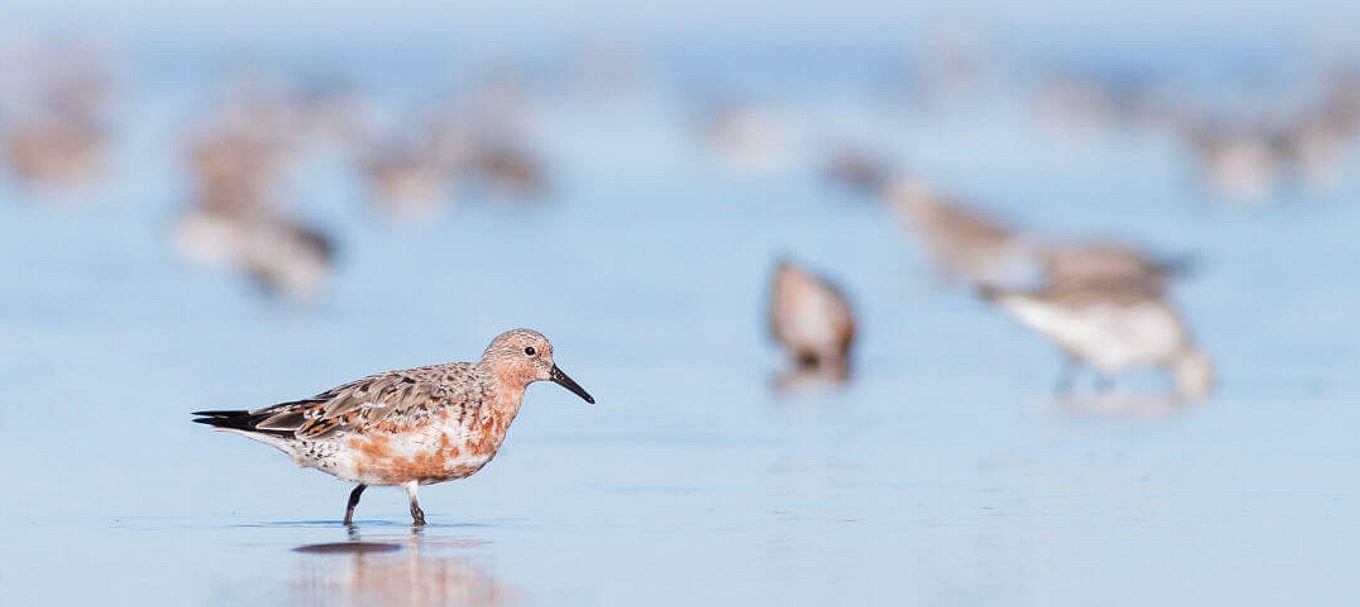
5 birds you’re likely to spot at Adelaide’s bird sanctuary
Thousands of migratory shorebirds visit Adelaide’s northern coastline each year. We've rounded up 5 frequent flyers.
About 27,000 international frequent flyers settle in at Adelaide’s International Bird Sanctuary each year between October and April to feed and roost along Adelaide’s rich northern coastline.
The grey, brown and white theme of these migratory shorebirds may seem boring to some. But these birds cover record-breaking distances annually, they navigate instinctively with the help of the earth's magnetic field, and they know how to conserve energy by bulking up and going on a feeding frenzy known as hyperphagia.
Here are 5 popular migratory shorebirds that visit the sanctuary, and where you’re likely to find them (just make sure you visit when they haven’t already departed on their epic journeys to places as far away as Alaska and Siberia!):
1. Red knot
This small, sturdy shorebird breeds in the high Arctic before making the long journey south to Australia to spend the summer. Quick on their feet, red knots can be seen feeding by the tide both day and night. Their plumage shifts with the seasons – in the non-breeding months they wear pale grey above and white below, with dark flank barring and a neat white eyebrow.
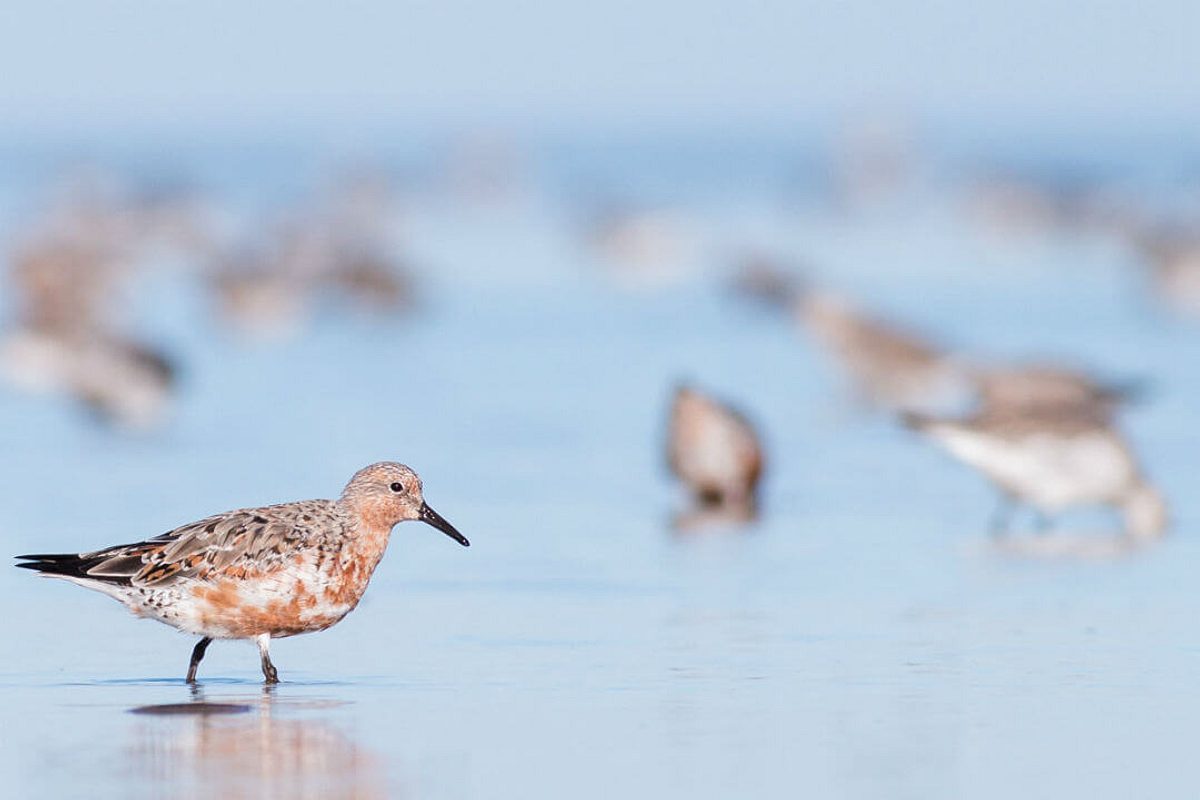
2. Red-necked stint
This short-legged mottled-looking bird nests in the Siberian tundra, then migrates south, usually stopping off at the Yellow Sea, before continuing to Australia.
Sightings of the red-necked stint are common throughout the entirety of the Adelaide’s International Bird Sanctuary.
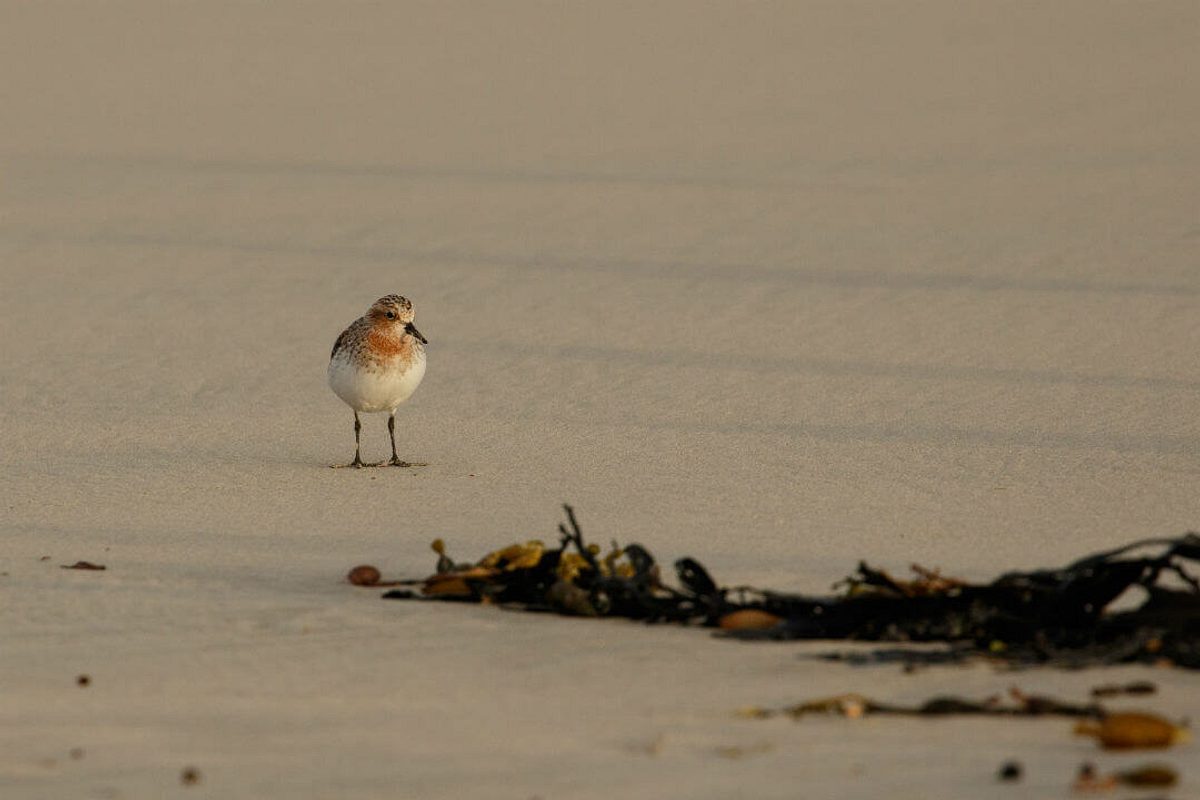
3. Ruddy turnstone
This tortoiseshell-coloured shorebird with orange legs breeds on the northern coasts of Europe, Asia and North America and then migrates around the coast of Australia.
Sightings of the ruddy turnstone have been recorded at Thompson Beach.
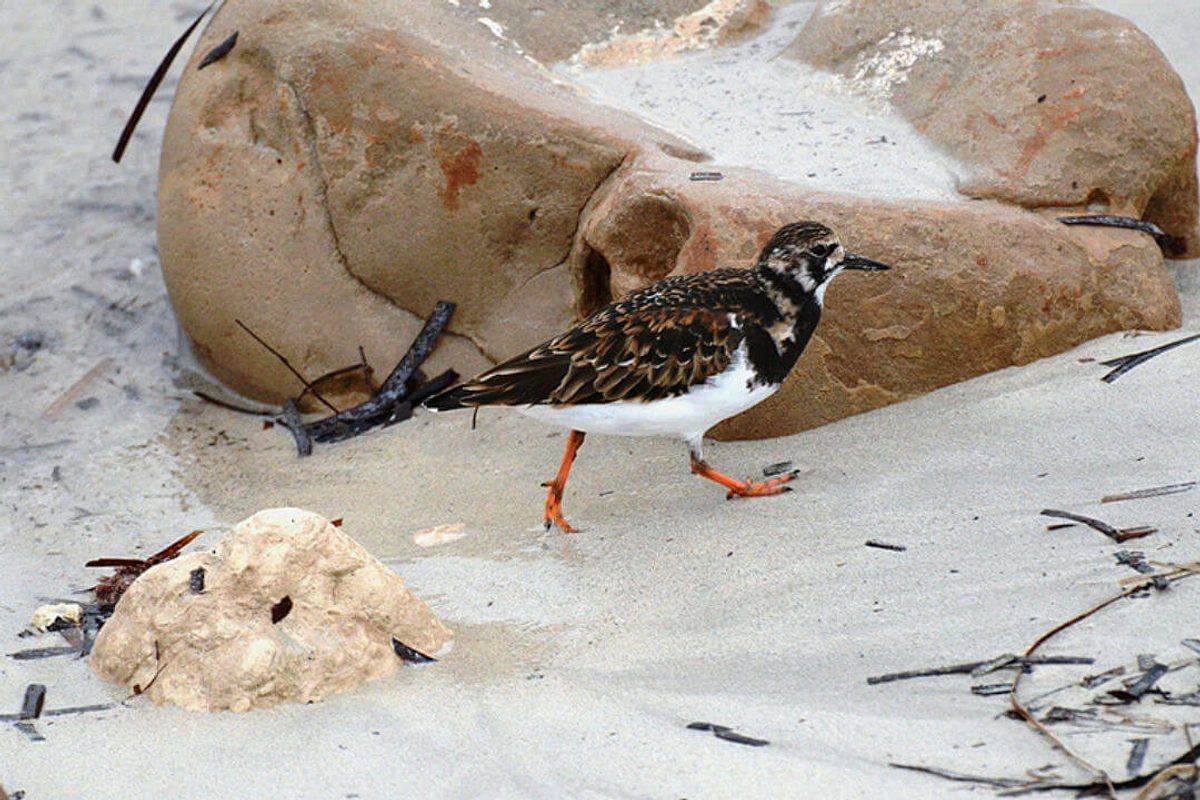
4. Grey plover
The grey plover, with its big beautiful eyes, nests in the Arctic where they are known as a black-bellied plover. It’s only the females who are regular summer migrants to Australia.
Sightings of the grey plover have been recorded at Port Prime and Thompson Beach. If you’re interested in learning more about this bird’s annual journey, read our blog here.
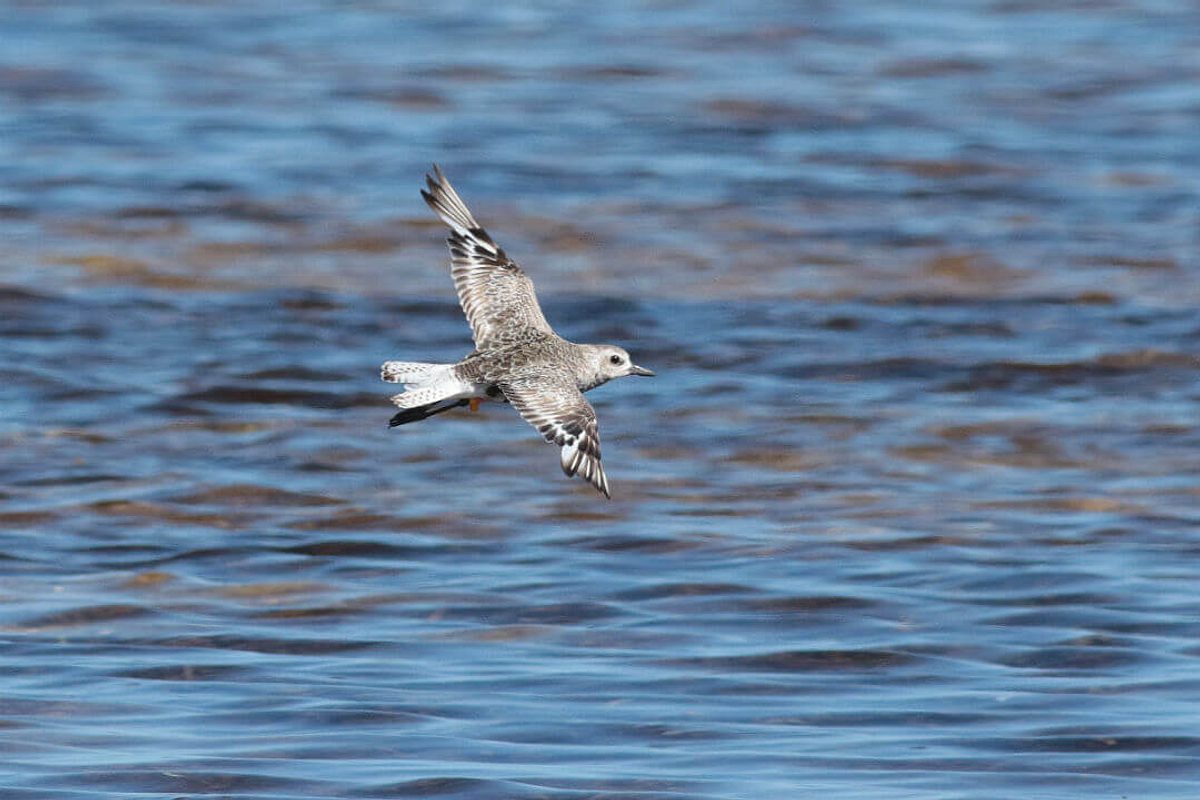
5. Eastern curlew
You’re right – this long-billed fella is not that common. It’s actually listed as critically endangered in Australia, but is well known to frequent Adelaide’s northern coastline after breeding in Russia and north-eastern China.
Sightings of the Eastern curlew, who is the largest of all the world’s shorebirds, have been recorded at Thompson Beach.
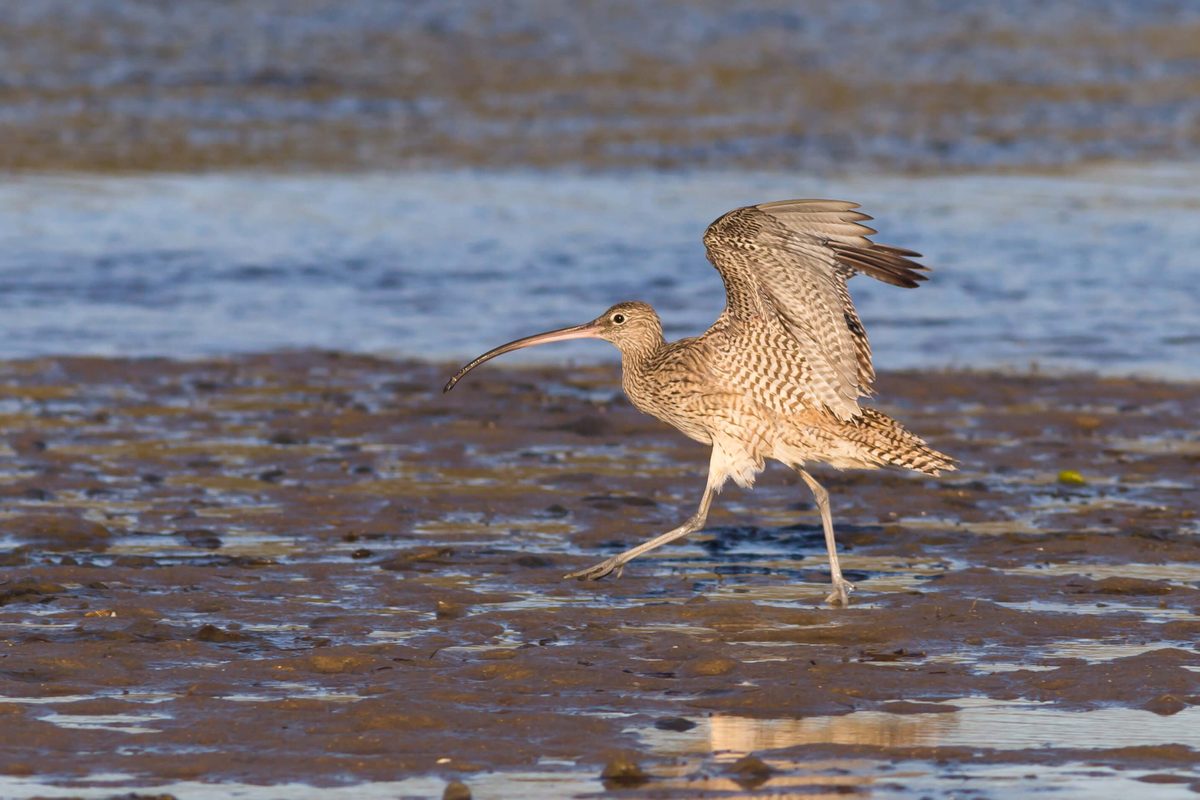
Park of the month
Throughout November, Adelaide International Bird Sanctuary National Park - Winaityinaityi Pangkara will be highlighted for National Parks and Wildlife Service's Park of the Month! There are lots of events and activities to get involved in, find out more.
Main image: Red knot at Thompson Beach (image courtesy of Chris Steeles)
Stay in the know: Sign up to get updates from National Parks and Wildlife Service straight to your inbox!





